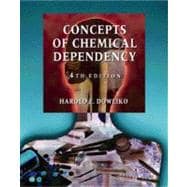Doweiko covers topics frequently left out of other books, such as aerosols, steroids, and over-the-counter analgesics. In addition, you'll find in-depth coverage of such topics as the differences between abusers and addicts; drug effects on children, teenagers, and pregnant and nursing women; and children of alcoholics.








